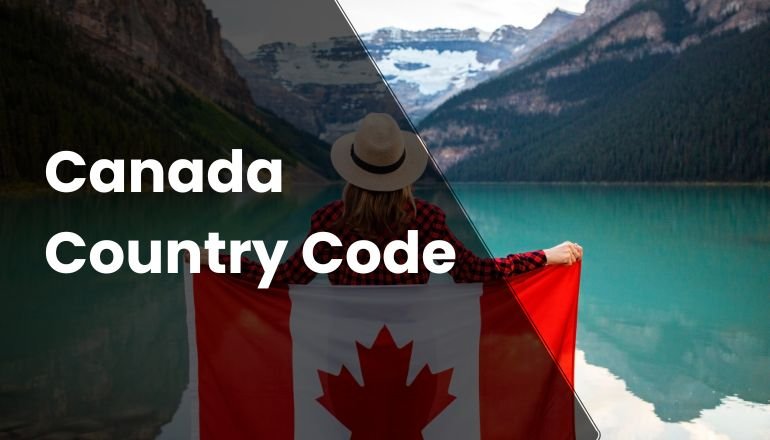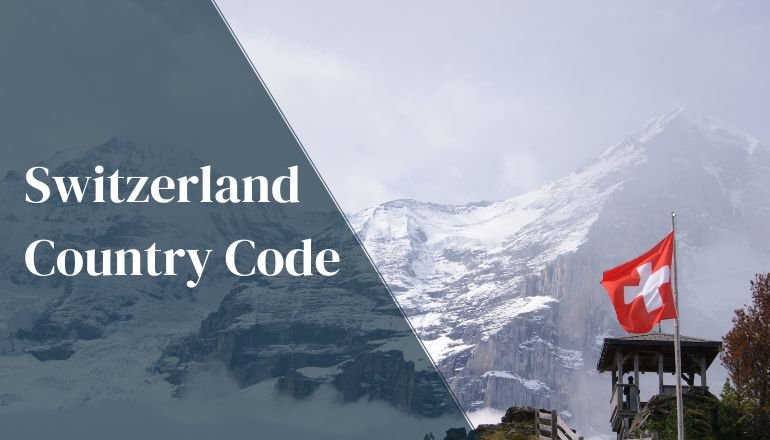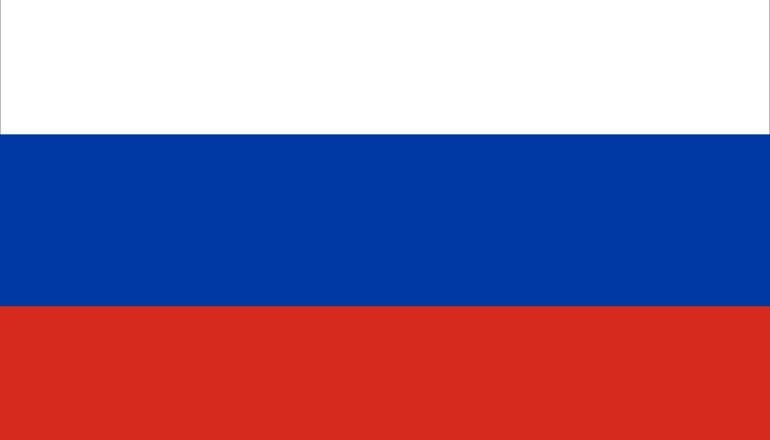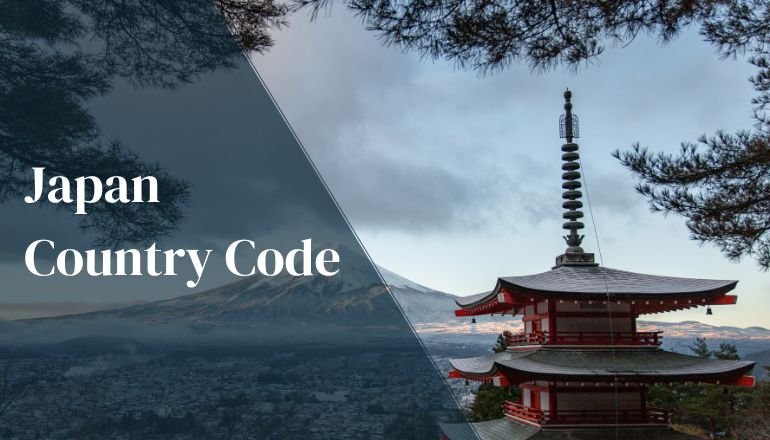About Canada
Canada, known for its vast landscapes and multicultural cities, is located in North America, sharing its southern border with the United States. With a population of over 38 million people, Canada is the second-largest country in the world by land area. Its official languages are English and French, reflecting its colonial history. Canada is renowned for its natural beauty, including the Rocky Mountains, Niagara Falls, and expansive national parks, as well as its vibrant cities like Toronto, Vancouver, and Montreal.
What are Country Codes?
Country codes are short numerical sequences assigned to each country or region to facilitate international telephone dialing. These codes are used at the beginning of a phone number when calling someone in another country, ensuring that the call is correctly routed to the intended destination.
The International Telecommunication Union (ITU) allocates and manages these codes. For example, the country code for the United States and Canada is +1, the United Kingdom is +44, and India is +91. The structure typically starts with a “+” sign, followed by the specific country code, and then the local phone number.
Phone numbers in Canada, along with other North American countries, are made up of ten digits. The initial three digits represent the area code, which corresponds to a particular province or state. The subsequent three digits typically signify a smaller locality within the area code’s region. The last four digits are a unique set that identifies each caller individually.
Canada Country Code
The country code for Canada is +1. This code is essential for routing international calls to Canada and must be used at the beginning of the dialing sequence when calling a phone number in Canada from abroad. The International Telecommunication Union (ITU) assigns this code to facilitate efficient global communication.
Canada Phone Number Format
In Canada, as well as in the United States and several other North American countries, phone numbers follow a standardized 10-digit format. This format is divided into three distinct segments:
- Area Code (3 digits): The first three digits represent the area code, which designates a specific geographic region within Canada. For example, Toronto’s area code is 416, while Vancouver’s is 604.
- Exchange Code (3 digits): The next three digits are the exchange code, which identifies a smaller area within the region defined by the area code. This segment helps route the call to a more precise local exchange.
- Subscriber Number (4 digits): The final four digits constitute the subscriber number, which is unique to each phone line. This segment completes the phone number and ensures the call is directed to the correct recipient.
- When dialing within Canada, you use the full 10-digit number: area code + exchange code + subscriber number. For international dialing, this format is prefixed with Canada’s country code (+1), resulting in the sequence +1 (area code) (exchange code) (subscriber number).
For instance, if you call a number in Toronto, Canada, with the area code 416, exchange code 555, and subscriber number 1234, you will dial it as +1 416 555 1234 when calling from abroad.
List of Major City and Province Area Codes in Canada
Here’s a list of some major area codes in Canada:
| Region | Area Code(s) |
| Alberta | 780, 825, 587, 403 |
| British Columbia | 250,604,236,672,778 |
| Manitoba | 431, 204 |
| New Brunswick | 506, 428 |
| Newfoundland and Labrador | 709 |
| Northwest Territories | 867 |
| Nova Scotia | 902, 782 |
| Nunavut | 867 |
| Ontario | 807, 905, 705, 647, 613, 548, 519, 437, 416, 365, 343, 289, 249, 226 |
| Prince Edward Island | 782, 902 |
| Quebec | 438, 450, 514, 418, 367, 819, 354, 579, 873, 581 |
| Saskatchewan | 306, 639 |
| Yukon | 867 |
Step by Step Guide to Call Canada from a Mobile Phone
Making international calls from a mobile phone is straightforward if you follow the correct procedure.
Dial the International Access Code
The international access code varies by country. For example, the United States uses 011, the United Kingdom uses 00, and Australia uses 0011.
Confirm your country’s international access code with your local service provider or government telecom website.
Enter the Country Code for Canada
After the international access code, dial +1, the country code for Canada.
Dial the Area Code
Enter the specific area code for the region you are calling.
Dial the Local Phone Number
Enter the local phone number directly.
Example:
Suppose you are calling a number in Toronto, Canada (area code 416 and local number 123-4567) from the United States. The dialing sequence would be:
- International Access Code: 011
- Country Code: 1
- Area Code: 416
- Local Number: 123-4567
- On your mobile keypad, you would dial 011-1-416-123-4567.
How to Call Canada from a Landline
The process of calling from a landline is similar, though some nuances need attention.
Dial the International Access Code
This code is specific to the country you are calling from. For instance:
United States and Canada: 011
United Kingdom: 00
Japan: 010
Enter the Country Code for Canada
Dial +1.
Dial the Area Code
Enter the appropriate area code for the region you are calling.
Dial the Local Phone Number
Enter the local phone number directly.
Example:
If you are calling a number in Vancouver, Canada (area code 604 and local number 987-6543) from the United Kingdom, the dialing sequence would be:
- International Access Code: 00
- Country Code: 1
- Area Code: 604
- Local Number: 987-6543
On your landline phone, you would dial 00-1-604-987-6543.
Troubleshooting Call Issues: Common Causes Behind Call Failed
If you encounter difficulties when attempting to call Canada, consider the following:
Ensuring Correct Country Code
If you’re having trouble making a call to or from Canada, the first step is to ensure you’re using the correct country code. Canada’s country code is +1, which should precede the area code and local number when dialing internationally.
Checking for International Call Blocks
One common reason for call problems is that your phone line may have blocks on international calls. Many phone providers offer customers the option to block international calls to prevent accidental high-cost calls. This feature might be set by default, or your provider may not allow international calls under certain plans. To resolve this, check your phone’s settings for any call blocking or international call restrictions and make sure these settings allow international calls.
Verifying Area Code Usage
Another issue might be the unnecessary use of an area code or the lack of one. In Canada, the US, and a few other countries, area codes are necessary for dialing local numbers, including mobile phones. If you are unfamiliar with the area code system, you might incorrectly omit or include an area code, leading to a failed call. Make sure you are using the correct dialing format: international access code, followed by the country code (+1), then the area code, and finally the local number.
Addressing Connectivity Issues
Connectivity issues in your environment can also affect the quality and success of your phone call. Poor connectivity, weak cellular signals, and background noise can disrupt the clarity and stability of your call. Ensure you are in a quiet environment with minimal background noise and verify that you have a strong cellular signal. If you’re using a VoIP service such as Skype or WhatsApp, make sure you have a strong and stable internet connection.
Voicemail in Canada
Phone numbers in Canada generally come with voicemail services. Voicemail allows callers to leave messages when the recipient is unavailable. Most mobile service providers in Canada offer voicemail services. When you call someone who is unavailable, you will be directed to their voicemail to leave a message. Voicemail services are also available for landlines, although you may need to request this feature from your service provider. When you reach voicemail, listen to the recorded greeting and follow the instructions to leave your message. This might involve speaking after a beep or pressing a specific key to start recording.
The Bottom Line
Calling Canada is straightforward once you understand the necessary steps and codes. Whether using a mobile phone or a landline, ensure you correctly dial the international access code, country code (+1), and the local phone number. Being aware of potential issues such as incorrect dialing sequences or network problems can help you connect easily with friends, family, or business contacts in Canada.







